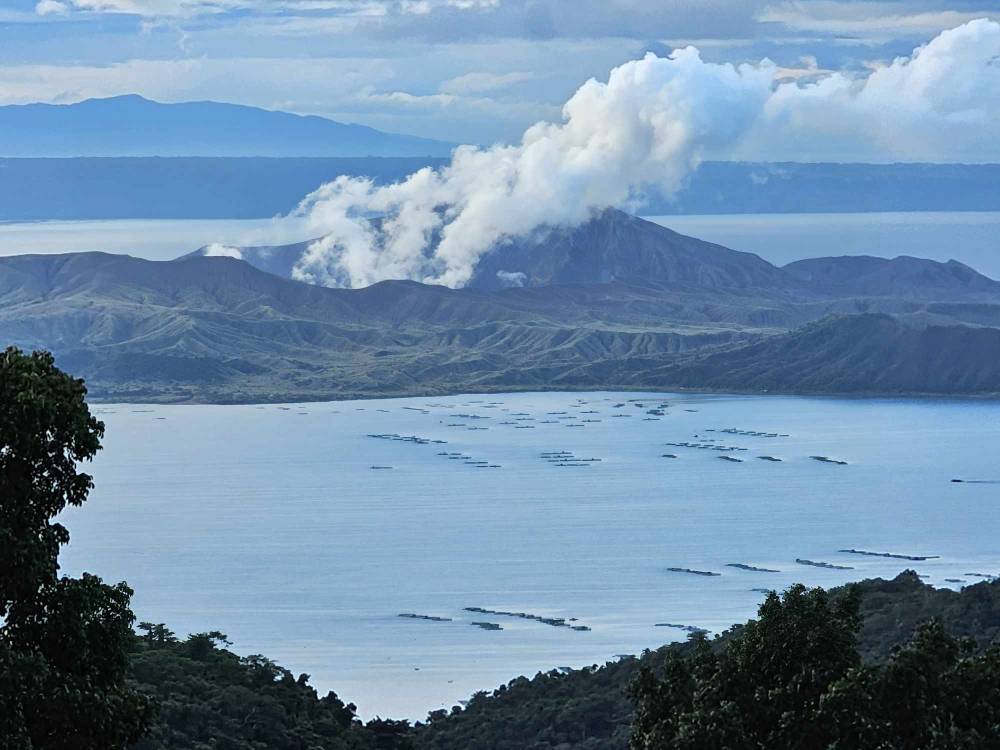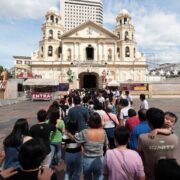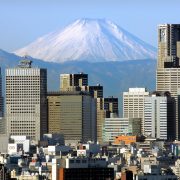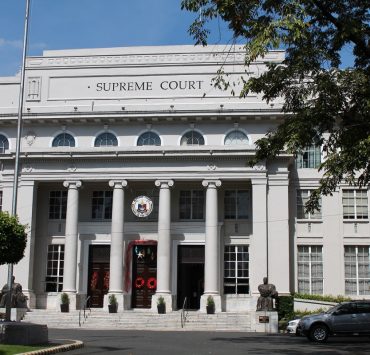Taal spews record-high volume of toxic gas

LUCENA CITY—Taal Volcano in Batangas province on Tuesday spewed another alarming volume of toxic sulfur dioxide or SO2 gas, considered its highest record this year, according to the Philippine Institute of Volcanology and Seismology (Phivolcs).
In its 5 a.m. bulletin on Tuesday, Phivolcs reported that the volcano emitted 11,962 metric tons (MT) of sulfur dioxide over the past 24 hours that rose to 1,200 meters above Taal Volcano Island, locally known as the “Pulo.” State volcanologists also observed an “upwelling of hot volcanic fluids” in the main crater lake of the volcano, located on Pulo.
The latest volume of SO2 emission eclipsed the 11,695 MT of SO2 that was recorded on Nov. 15. The volcano also released 11,499 MT of SO2 on Nov. 9. But it partially subsided and dropped to 4,991 MT on Nov. 20.
Smog
The Phivolcs first noted an increase in SO2 emission from the main crater of the volcano on Oct. 12, prompting authorities to remind residents not to let their guard down even during the times when there is no visible smog and to keep a supply of face masks on hand as protection against volcanic smog or “vog.”
The high level of SO2 emissions and sporadic steam releases have caused “vog”—a harmful haze that contains volcanic ash and gas—to descend on localities close to the volcano, which had prompted the cancellation of classes due to the health issues it caused, particularly on those suffering from respiratory ailments.
Phivolcs has continued to bar entry into Pulo and prohibited aircraft from flying close to the volcano.
The Pulo has been off limits to all human activities following the volcano’s major eruption on Jan. 12, 2020. Since then, the volcano had been relatively quiet until July 11, 2022 when Phivolcs placed it under alert level 1 after it showed signs of low level of unrest.
Phivolcs reminded the public that possible hazards— steam-driven or phreatic or gas-driven explosions, volcanic earthquakes, minor ashfall, lethal accumulations or expulsions of volcanic gas—could occur anytime.















